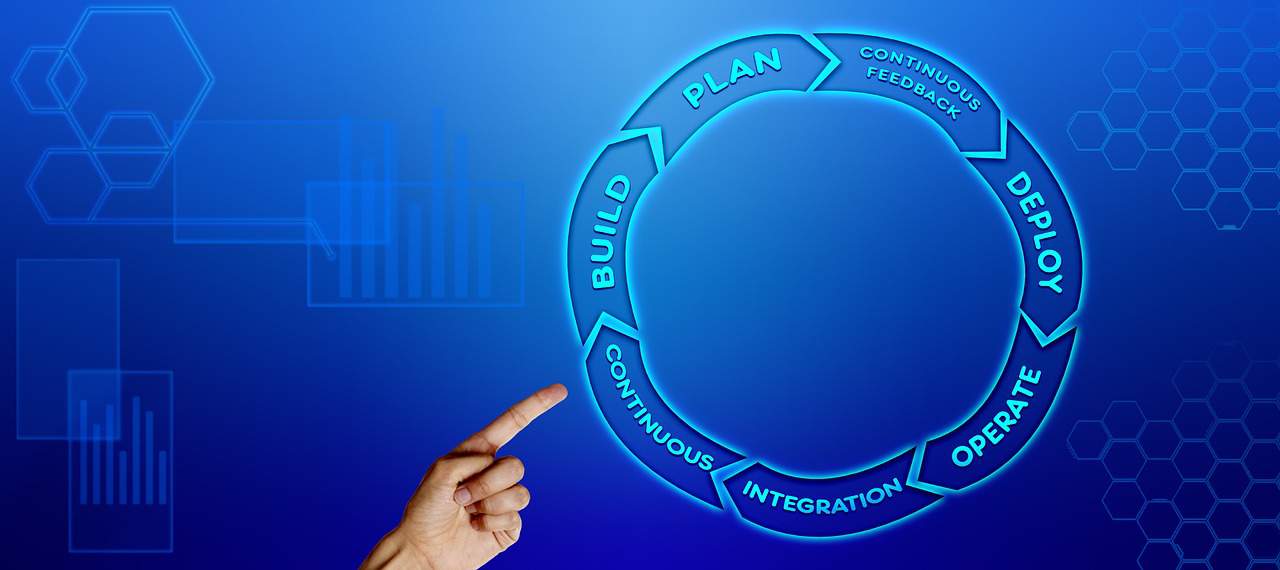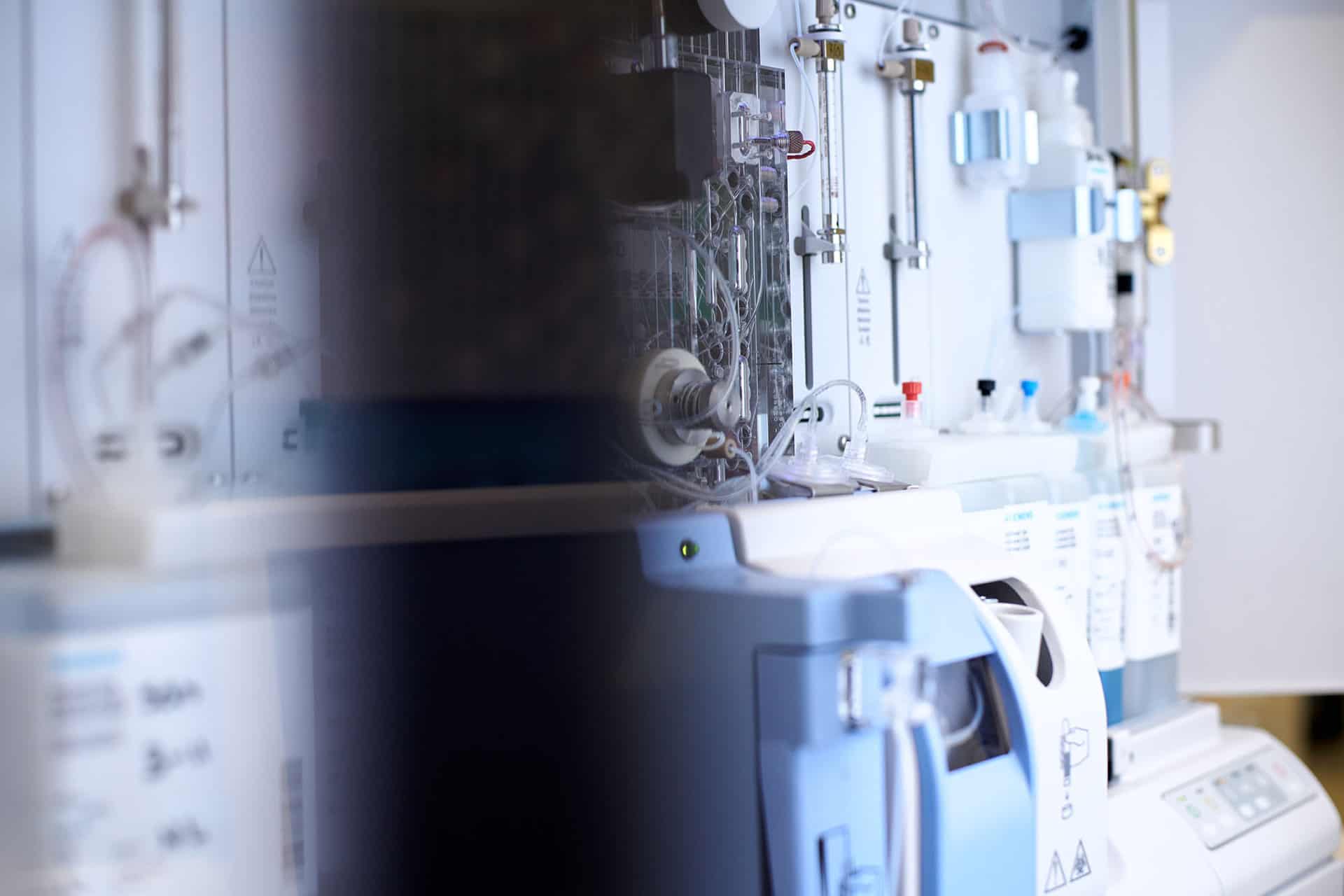Solar energy has witnessed remarkable growth and advancements over the years, transforming it from a niche technology to a mainstream energy source. As the demand for clean energy intensifies and the need to mitigate climate change becomes more urgent, understanding the basics of solar power systems is essential for both individuals and societies.
In this comprehensive guide, we will delve into the fundamental principles behind solar power systems, from home solar systems to portable solar generators, exploring how sunlight is captured and converted into usable electricity, and uncovering the key components that make up these innovative systems. Whether you’re a curious homeowner, an aspiring solar enthusiast, or an advocate for renewable energy, this knowledge will empower you to make informed decisions and fully embrace the potential of solar energy.
How Solar Panels Generate Electricity
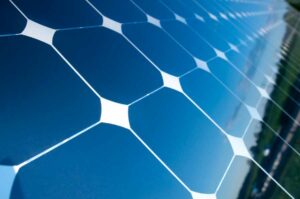 Solar panels, also known as photovoltaic (PV) panels, harness the power of sunlight to generate electricity through a process called the photovoltaic effect. The basic principle behind this remarkable technology involves the interaction of sunlight with the semiconductor materials within the solar cells.
Solar panels, also known as photovoltaic (PV) panels, harness the power of sunlight to generate electricity through a process called the photovoltaic effect. The basic principle behind this remarkable technology involves the interaction of sunlight with the semiconductor materials within the solar cells.
-
The Photovoltaic Effect: Converting Sunlight into Electricity
When sunlight, which is composed of tiny packets of energy called photons, strikes the surface of a solar panel, it initiates a chain of events that lead to the generation of electricity. The solar panel consists of multiple solar cells, typically made of silicon, a semiconductor material.
-
Absorption of Sunlight: Capturing Photons
As sunlight reaches the solar panel, the photons penetrate its surface and interact with the atoms within the semiconductor material. The photons transfer their energy to the electrons in the atoms, causing them to become energized.
-
Electron Excitation: Creating a Flow of Electrons
The energized electrons break free from their atoms, creating an electron-hole pair. This separation of charges generates an electric field within the solar cell. To prevent the electrons and holes from recombining, the solar cell is designed with a built-in electric field that pushes the electrons in one direction.
-
Electric Current: Directing the Flow of Electrons
The electric field within the solar cell creates a potential difference, or voltage, that allows the electrons to flow in a specific direction. This flow of electrons constitutes an electric current, which can be harnessed to power electrical devices or stored in batteries for later use.
-
Wiring and Circuitry: Collecting and Utilizing the Electricity
To collect the generated electricity, metal conductive plates are attached to the top and bottom layers of the solar cells. These conductive plates are connected through wiring to form an electrical circuit. When multiple solar cells are connected in series or parallel, they create a solar module, also known as a solar panel.
-
Inverter Conversion: From Direct Current (DC) to Alternating Current (AC)
The electricity produced by solar panels is in the form of direct current (DC), which is suitable for certain applications like charging batteries. However, most household appliances and the electrical grid operate on alternating current (AC). To convert the DC electricity into AC, an inverter is used, allowing seamless integration with the existing electrical infrastructure.
By understanding the process of how solar panels generate electricity, we gain insight into the remarkable technology that harnesses the power of sunlight to provide clean and renewable energy. With this knowledge, we can appreciate the potential of solar power in meeting our energy needs while reducing our environmental impact.
Will Solar Panels Work at My Home?
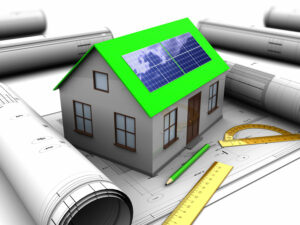 Determining if solar panels will work at your home depends on several factors. Here are some key considerations to help you evaluate the feasibility of installing solar panels:
Determining if solar panels will work at your home depends on several factors. Here are some key considerations to help you evaluate the feasibility of installing solar panels:
- Sunlight Availability: Solar panels require sunlight to generate electricity effectively. Assess the amount of sunlight your location receives throughout the year. Regions with ample sunlight, such as areas with a high number of clear, sunny days, are ideal for solar panel installations.
- Roof Orientation and Angle: The orientation and tilt of your roof play a crucial role in solar panel performance. South-facing roofs typically receive the most sunlight.
- Shading: Shading from trees, buildings, or other obstructions can significantly impact the efficiency of solar panels. Consider the presence of any potential shading sources that could limit sunlight exposure on your roof.
- Roof Condition and Space: Evaluate the condition and available space on your roof. Solar panels are typically installed on roofs with sufficient structural integrity and suitable surface area. Factors such as roof age, material, and available space should be considered.
- Local Regulations and Permits: Research local regulations, permits, and zoning requirements related to solar panel installations. Some areas may have specific guidelines or restrictions on solar panel systems.
- Financial Considerations: Assess the financial aspect of installing solar panels. Consider the upfront costs, potential savings on electricity bills, available incentives, and financing options. Conduct a cost-benefit analysis to determine the economic viability of solar panels for your home. You can calculate your solar costs here.
- Consultation with Solar Professionals: Engaging with solar professionals, such as installers or energy consultants, can provide valuable insights specific to your home. They can evaluate your location, assess feasibility, and provide customized recommendations based on your energy needs and goals.
Types of Solar Power Systems: On and off grid solar systems
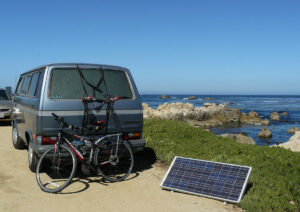 Grid-Tied Solar Systems: Grid-tied solar systems, also known as grid-connected or grid-interconnected systems, are the most common type. They are designed to work in conjunction with the electrical grid. These systems generate electricity from solar panels and feed any excess power back into the grid. Grid-tied systems do not typically include energy storage (batteries), relying on the grid for power during times when solar production is insufficient. They can offset your electricity consumption, reduce utility bills, and potentially earn you credits through net metering programs.
Grid-Tied Solar Systems: Grid-tied solar systems, also known as grid-connected or grid-interconnected systems, are the most common type. They are designed to work in conjunction with the electrical grid. These systems generate electricity from solar panels and feed any excess power back into the grid. Grid-tied systems do not typically include energy storage (batteries), relying on the grid for power during times when solar production is insufficient. They can offset your electricity consumption, reduce utility bills, and potentially earn you credits through net metering programs.- Off-Grid Solar Systems: Off-grid solar systems, also called stand-alone or independent systems, are not connected to the electrical grid. They are designed to operate autonomously, utilizing solar panels, batteries, and charge controllers. Off-grid systems are commonly used in remote locations where access to the grid is limited or nonexistent. They provide power for lighting, appliances, and other electrical needs, storing excess energy in batteries for use when sunlight is insufficient.
- Hybrid Solar Systems: Hybrid solar systems combine the benefits of grid-tied and off-grid systems by incorporating energy storage capabilities. These systems can store excess electricity generated by solar panels in batteries for later use. Hybrid systems allow homeowners to utilize solar power during grid outages or at night when solar production is minimal. They can also help reduce dependence on the grid and provide backup power.
- Community Solar Systems: Community solar systems, also known as shared solar or solar gardens, enable multiple individuals or households to collectively benefit from a shared solar installation. Participants can purchase or lease a portion of the solar project’s capacity, allowing them to access the benefits of solar energy without installing panels on their own property. Community solar systems are ideal for individuals who cannot install solar panels at their homes or prefer a shared renewable energy solution.
- Concentrated Solar Power (CSP) Systems: Concentrated Solar Power (CSP) systems utilize mirrors or lenses to concentrate sunlight onto a receiver, which converts it into thermal energy. This thermal energy is then used to produce electricity through steam turbines or heat engines. CSP systems are typically used in large-scale power plants and can provide a continuous power supply, even when sunlight is limited, due to the ability to store thermal energy.
Portable Solar Generators: Advantages and What They Can Power
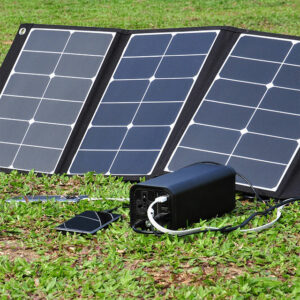 Portable solar generators offer numerous advantages and can power a variety of devices and appliances. Here are some key advantages and examples of what portable solar generators can power:
Portable solar generators offer numerous advantages and can power a variety of devices and appliances. Here are some key advantages and examples of what portable solar generators can power:
Advantages of Portable Solar Generators
- Clean and Renewable Energy: Portable solar generators harness the power of the sun, providing a clean and renewable source of energy. They produce electricity without emitting harmful pollutants or greenhouse gases, contributing to a greener and more sustainable power solution.
- Portability and Mobility: As the name suggests, portable solar generators are designed for easy transport and mobility. They are typically lightweight, compact, and equipped with convenient handles or wheels, allowing you to take them wherever power is needed.
- Off-Grid Power: Portable solar generators enable you to access electricity in remote or off-grid locations where traditional power sources may be unavailable or unreliable. They offer independence and flexibility, making them ideal for camping, outdoor activities, emergency situations, or mobile power needs.
- Silent Operation: Unlike conventional generators that run on fuel and produce noise, portable solar generators operate silently. This feature is particularly advantageous in quiet environments or when you prefer a noise-free power source.
Examples of Devices and Appliances Powered by Portable Solar Generators
- Small Electronics: Portable solar generators can charge and power a range of small electronic devices such as smartphones, tablets, laptops, cameras, portable speakers, GPS devices, and rechargeable batteries.
- Lighting: They can power LED lights, portable lamps, string lights, or other low-power lighting options, providing illumination for camping, outdoor gatherings, or emergency lighting during power outages.
- Camping Gear: Portable solar generators can operate camping essentials like fans, portable coolers, electric grills, portable stoves, coffee makers, or other low-wattage camping appliances, enhancing your outdoor experience.
- Medical Equipment: In situations where access to electricity is limited, portable solar generators can power essential medical equipment such as CPAP machines, nebulizers, or portable oxygen concentrators, ensuring continued healthcare support.
- Power Tools: They can provide power for smaller power tools like drills, saws, sanders, or inflators, allowing for DIY projects or repair work in remote locations.
- Outdoor Events and Entertainment: Portable solar generators can support outdoor events by powering speakers, projectors, inflatables, or charging stations for guests.
It’s important to consider the power capacity and capabilities of the specific portable solar generator you choose, as different models vary in terms of output, battery capacity, and available outlets. Before purchasing, assess your power requirements and ensure that the generator can meet your needs.
Does my solar system require maintenance?
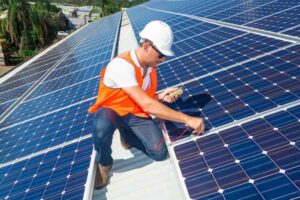 Yes, solar systems do require some maintenance to ensure optimal performance and longevity. Here are key maintenance tasks associated with solar systems:
Yes, solar systems do require some maintenance to ensure optimal performance and longevity. Here are key maintenance tasks associated with solar systems:
- Regular Cleaning: Periodically clean the solar panels to remove dust, dirt, leaves, or any other debris that may accumulate on the surface. Clean panels can absorb sunlight more efficiently. Use a soft brush or sponge with water to gently clean the panels, or consult the manufacturer’s guidelines for specific cleaning instructions.
- Monitoring Performance: Keep an eye on the performance of your solar system. Many systems come with monitoring tools that allow you to track energy production and detect any potential issues. Monitoring helps identify any significant drops in performance, allowing for timely maintenance or troubleshooting.
- Inspecting for Damage: Conduct visual inspections of your solar panels to check for any signs of damage, such as cracks, chips, or loose connections. Inspect the mounting system and wiring as well. If you notice any damage, contact a professional installer or solar technician for repair or replacement.
- Checking Inverters and Batteries: If your system includes inverters (for grid-tied systems) or batteries (for off-grid or hybrid systems), regularly monitor their performance. Check for error messages or unusual behavior and consult the manufacturer’s guidelines for specific maintenance requirements.
- Pruning Vegetation: Trim any overgrown trees, branches, or nearby vegetation that may shade the solar panels. Shading can significantly reduce the system’s performance. Ensure that there is sufficient clearance around the panels to maintain optimal sunlight exposure.
- Professional Inspections: Consider scheduling periodic professional inspections by a certified solar technician. They can conduct in-depth assessments, identify potential issues, and provide expert maintenance or repair services.
- Warranty and Manufacturer Guidelines: Familiarize yourself with the warranty and maintenance guidelines provided by the solar panel manufacturer and other system components. Adhering to these guidelines can help protect your system’s warranty coverage.
Conclusion
Solar power systems offer sustainable and clean energy solutions, reducing our reliance on fossil fuels and minimizing environmental impact. Whether you’re considering installing solar panels on your home, exploring off-grid options, or in need of portable power, solar technology provides numerous benefits and possibilities. By harnessing the power of the sun, we can embrace a greener future and contribute to a more sustainable world.
![solar-panels[1] solar-panels[1]](https://www.solidwheel.com/wp-content/uploads/elementor/thumbs/solar-panels1-qd1aa0u9ftl6ha13loxqrnlreqg0t6vgbx758gb0qw.jpg)


